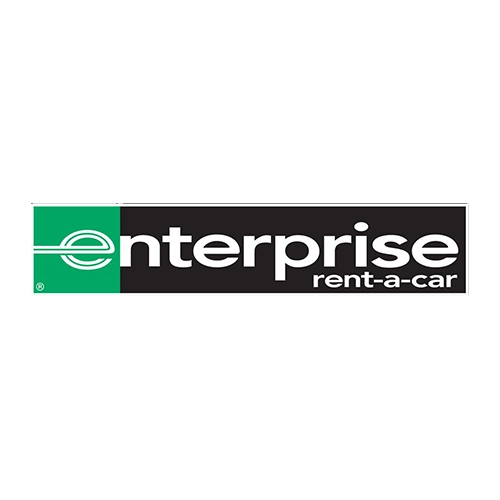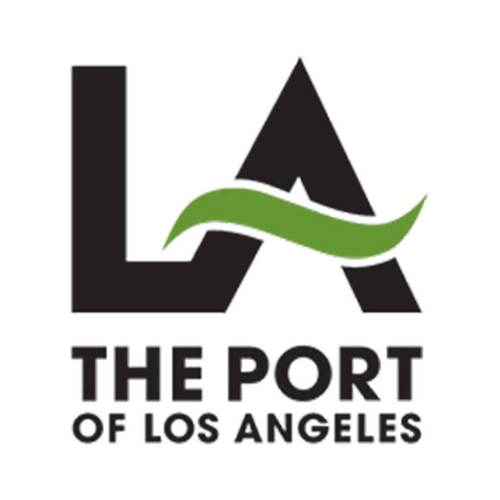
FROM 0 TO 60: ACCELERATING SAFETY WITH DIGITAL SPEED LIMIT SIGNS
In the fast-paced world we live in, where every second counts, ensuring road safety is paramount. One of the innovations that has revolutionized road safety is the implementation of digital speed limit signs.
These high-tech road signs are not just informative but also dynamic, adapting to real-time traffic conditions. In this blog, we’ll explore the fascinating world of digital speed signs, how they work, and the impact they have on road safety.
Understanding Digital Speed Limit Signs
Digital speed limit signs, often referred to as variable speed limit signs, are a modern approach to managing traffic speed on highways and other roadways. Unlike traditional static speed limit signs, which display a fixed speed limit regardless of the road’s actual conditions, digital speed signs are dynamic and can change their displayed speed limit based on various factors. These factors typically include weather conditions, traffic congestion, accidents, and construction zones.
How Digital Speed Limit Signs Work
Digital speed limit signs rely on advanced technology to determine the most appropriate speed limit for the current road conditions. Here’s how they work:
- Data Collection: Various sensors, cameras, and weather monitoring equipment gather data about the road and traffic conditions in real-time. This data includes information on vehicle speeds, weather conditions, and traffic density.
- Data Analysis: Powerful algorithms process the collected data and determine the optimal speed limit for the specific road segment. These algorithms take into account factors like visibility, road surface conditions, and the presence of hazards.
- Display: Once the system has determined the appropriate speed limit, it is displayed on the digital speed limit sign, which is typically an LED display. Motorists can easily see the current speed limit, and it’s often accompanied by relevant safety messages.
Advantages of Digital Speed Limit Signs
- Enhanced Safety: The primary goal of digital speed limit signs is to enhance safety. By adjusting speed limits based on real-time conditions, they help reduce the risk of accidents caused by inappropriate speeds.
- Traffic Flow: Digital speed limit signs help maintain a more consistent traffic flow by preventing sudden slowdowns due to congestion or accidents.
- Reduced Speeding: Studies have shown that digital speed signs are effective in reducing speeding, as drivers tend to comply with the posted limits when they are adjusted based on current conditions.
- Weather Adaptation: These signs are particularly useful in adverse weather conditions. They can lower speed limits during heavy rain, fog, or snow to ensure safer driving.
- Construction Zones: Digital speed limit signs are invaluable in construction zones, where speed limits need to change frequently to accommodate roadwork.
Impact on Road Safety
The impact of digital speed limit signs on road safety cannot be overstated. Numerous studies have shown that these signs contribute to a significant reduction in accidents and fatalities. By dynamically adjusting speed limits, they encourage drivers to adapt to changing conditions and drive at safe speeds. This proactive approach to road safety has saved countless lives and prevented numerous accidents.
Conclusion
In the quest to improve road safety, digital speed limit signs have emerged as a powerful tool. These dynamic signs adapt to real-time conditions, ensuring that motorists are always aware of the safest speed to travel. By reducing speeding, preventing sudden slowdowns, and enhancing overall traffic flow, digital speed limit signs are paving the way for safer roads.
As technology continues to advance, we can expect further innovations in road safety that will help us make our journeys not only faster but also safer. So, the next time you see one of these digital marvels by the roadside, remember that it’s not just a sign; it’s a guardian angel ensuring your safety on the road.
FAQ’s
Q1. What is the safest speed limit to drive?
Ans: The safest speed to drive on a rural highway when there isn’t a posted speed limit is 55 mph. On residential roads, nevertheless, 10 to 25 mph is considered a safe speed. The posted speed limit is the fastest speed to drive at.
Q2. What is the most common speed limit?
Ans: 25 mph is the maximum speed allowed in residential or school zones, 55 mph on country highways, and 70 mph on rural Interstate roads.
Q3. What are speed digital signs?
Ans: The speed signs can be powered by solar energy, batteries, or a 240-volt mains supply, and their sensing range is between 10 and 250 meters.
Q4. What is the posted speed limit?
Ans: A regulatory sign is a speed limit sign. Speed limit signs are used to advise drivers of the maximum and minimum speeds at which their vehicles may go. Drivers are not permitted to go over the posted limit.
Q5. What are digital signs called?
Ans: The term “digital signage,” often known as “electronic signage,” refers to the dynamic display of webpages, films, directions, restaurant menus, marketing messages, or digital images using display technologies such as LED walls, LCD monitors, and projection.
Q6. What is the purpose of electronic speed signs?
Ans: Electronic or Digital speed signs are mainly employed to change driver behavior and lessen speeding. The presence of a sign warning motorists not to go over the posted speed limit can aid them in making wise judgments while driving.
Q7. Is car speed a digital signal?
Ans: Old speedometers were entirely analog. Modern vehicles employ an analog sensor system, however, the speed data from this sensor is swiftly converted to digital form. Modern speedometers include stepping motors with associated pointers, so even an apparent analog gauge readout is digital.





















